10 clever in-game explanations for weird design choices
Why make a tech fix when smart writing can cover it?
Necessity is the mother of invention
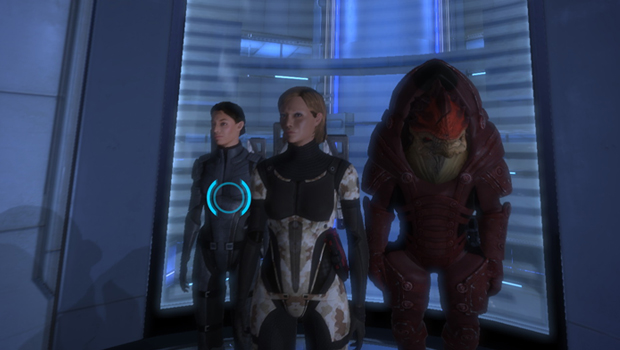
When you really think about it, video games are really just a bunch of computer programs intricately stacked on top of each other, which makes it easy for things to go wrong. Tech issues can come from the most unexpected places, and while developers do their best to suppress them, some just wont go away. When a game is burdened with unavoidable flaws, it can be a chance for developers to show how clever they can be.
Sometimes a character cant swim or a gun reloads differently than it did in the sequel, and these games found smart ways to explain the problems in the universe. With some smart writing and a number of knowing winks to its audiences, these games were improved by their flaws instead of limited by them...
Arma IIIs missing furniture
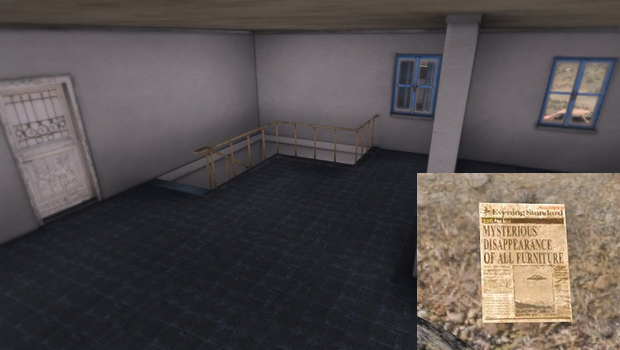
The problem: The Arma series is known for its having its tactical gameplay and realistic approach to shooting, and the beta for the third entry in the series looks to continue that. ARMA III is set in the mid-2030s, where NATO forces battle to keep some Mediterranean islands in the safe. The open-world setting gives a nice sense of scale, but players noticed that the insides of the homes had no furniture at all. Why are these homes so empty?
The solution: For the devs, adding furniture to rooms was likely a low priority and the energy was probably better used to fine tune the shooting instead of engineering the perfect couch. The Arma devs at least found a funny reason for the lack of furnishing. Beta players found several newspapers in the world with headlines about the mysterious disappearance of furniture, with one photo alleging aliens were responsible for the vanishing chairs. We can only hope that a future expansion will allow player to battle the furniture-stealing space creatures.
Doom 3s chainsaws
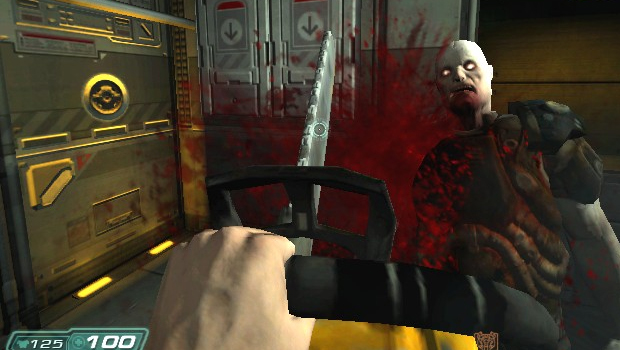
The problem: The Doom franchise is famous for its bloody, intense action, not its storytelling, so it isnt surprising the series suffers from logic problems. In Doom 3, players are sent to a scientific outpost on Mars where all Hell has broken loose and you need to kill demons until there are no more to kill. The game features iconic Doom weapons like the BFG and chainsaws, but why, exactly, does a research facility on a planet without trees need chainsaws?
The solution: The workers at the research facility were asking the same thing, and they eventually found out it was a shipping error. Some goof on Mars misplaced an order for jackhammers and were sent chainsaws instead. Little did those science nerds know that these unwanted tools would soon assist in chopping down their growing forest of zombies.
Injustices undying heroes

The problem: Batman punching Superman in the face (and vice versa) is a compelling image, and one that has spawned a number of fighting games, crossover comics, and an upcoming movie starring that guy from Phantoms, but theres always an inconsistency with the powers. Batman can withstand a punch from Bane, but Superman can explode mountains with an errant sneeze. The appeal of a fighter like Injustice is seeing Supes cut loose and punch his fellow caped crusaders into outer space, but how can he do that without immediately killing someone?
Sign up to the GamesRadar+ Newsletter
Weekly digests, tales from the communities you love, and more
The solution: Other crossover games, like Marvel Vs. Capcom, would just ignore the inconsistency, but Injustice is so story-heavy there needs to be some reason for it. Enter the 5-U-93-R pill. Invented by Lex Luthor, the supplement toughens up anyone to near-Superman levels of durability, placing everyone on an equal playing field. It was meant to only assist the Justice League, but Batman and The Joker got their hands on the pills, it put all the fighters on the same level, allowing non-murderous heroes to cut loose on their now-unkillable opponents. Oh well, we suppose that excuse is still better than Mortal Kombat Vs. DC Universe's explanation of "it's magic!"
Assassins Creed IIs swimming
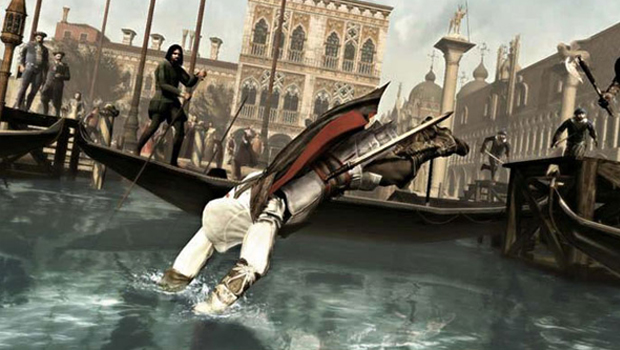
The problem: The original Assassins Creed introduced gamers to an open world adventure through the Middle Ages. Protagonist Altair was a very skilled killer that had unmatched agility, but he couldnt swim. Are we really to believe that the Assassin's Guild never taught him to swim? Surely that'd have been part of his training, and clearly the guild added swimming classes by the time the sequel came out, because Ezio didnt share his ancestors water allergy.
The solution: Ubisoft gave themselves the perfect out for any inconsistency by setting the Assassins Creed games inside a virtual reality flashback. When the entire game is a simulation within the Animus, all thats need are characters in the real world to say that the program has been updated to allow for swimming. By this point it has become a bit of a running joke for characters to explain some inconsistency as a glitch in the Animus.
Wand of Gamelons smart swords
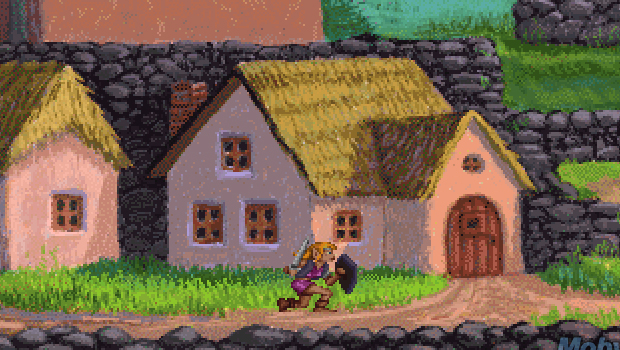
The problem: Wand of Gamelon is famous for its ungodly bad animations, but beyond those cutscenes was an actual game. The side-scrolling adventure had you play as Princess Zelda, who had become pretty good at swinging a sword. That worked fine for killing Octoroks, but for some reason Zelda also had to hit people with her swords to start a conversation, which had to get pretty awkward when looking for advice.
The solution: Zeldas odd need to hit people with a sword before talking to them was likely because the sword attack was the only interaction the game design allowed for. The cover for Zelda not hurting anyone was in the manual which said that Zelda equipped herself with a Smart Sword that wouldnt hurt good people. That excuse might have been incredibly lame, but we give it credit for being true to the entertainingly bad nature of the Gamelon.
City of Heroes lack of capes
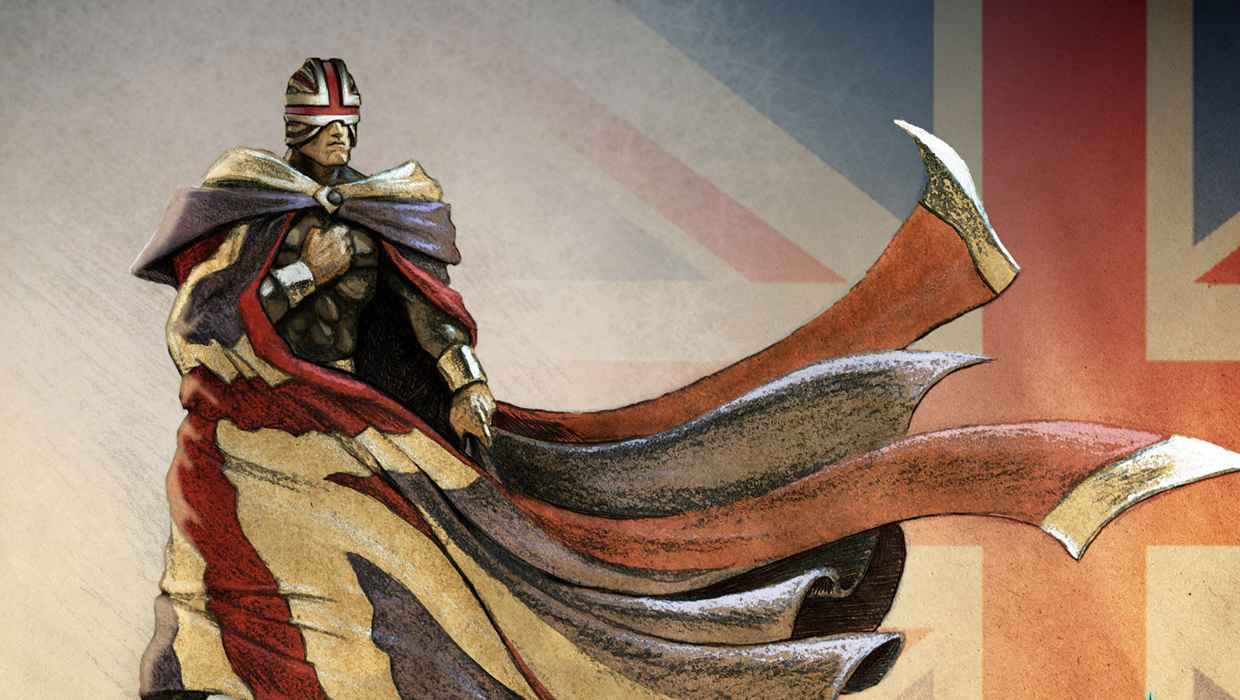
The problem: City of Heroes was ahead of the MMO curve by creating the first online experience of an open world full of superheroes. Players could design their superpowered vigilante however they wanted, with highly customizable clothes and powers. But one of the few things off the table were capes, which couldnt be worn by anyone. How can you have a caped crusader without a cape?
The solution: Behind the scenes the developers cut capes because they werent satisfied with how they moved on character models, but the in-game excuse was far more epic. The respected Hero 1 was famous for his badass cape and when he saved the world from an alien invasion, he sacrificed his life to keep everyone safe. The city then instituted a moratorium on cape-wearing in his honor. If your City of Heroes character were to wear one, itd go over as well as a rainbow wig at a funeral.
Deus Exs shorter New York City
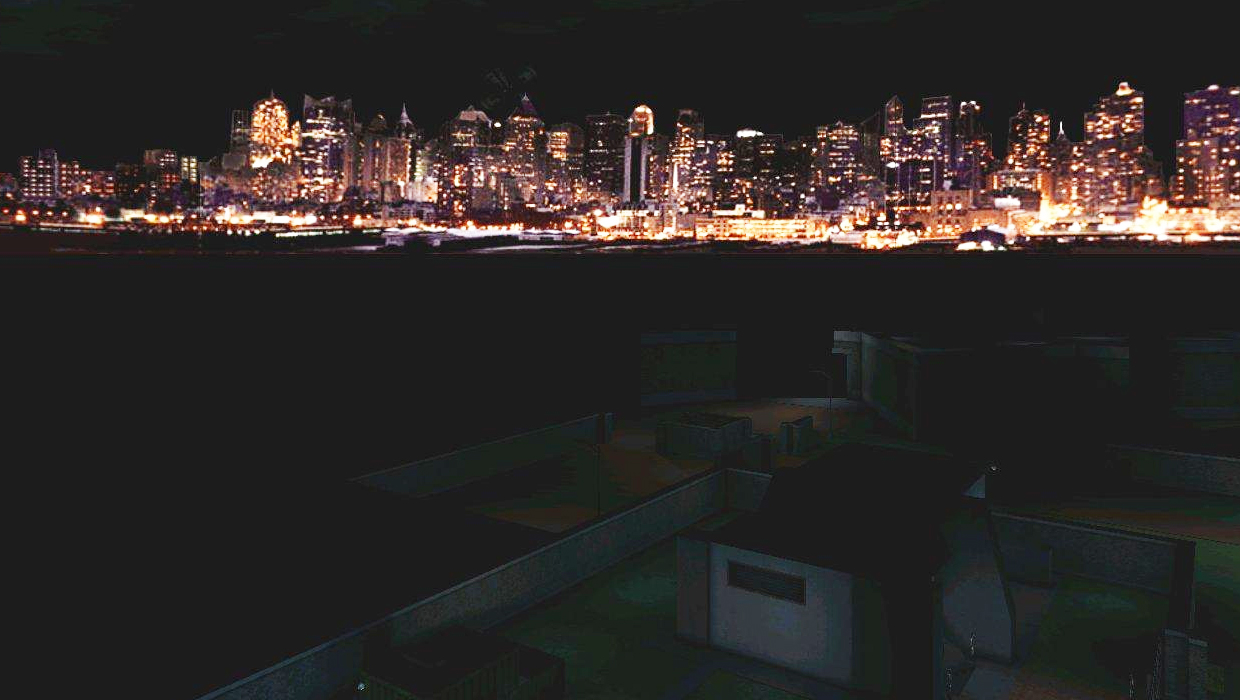
The problem: The original Deus Ex is still celebrated for its incredibly open and smart approach to puzzles, but the game itself couldnt unlock the puzzle to creating large environments. Set in New York City, environments had to be scaled down due to memory limitations, meaning NYCs skyscraper-filled skyline needed to shrink. That even included the citys most iconic buildings.
The solution: Released in 2000 but set in the 2050s, the games skyline lacked the World Trade Center due to those memory issues. And the in-game explanation was that the towers had at some point been destroyed in a terrorist attack. Yeah...
Final Fantasy: Crystal Chronicles Miasma
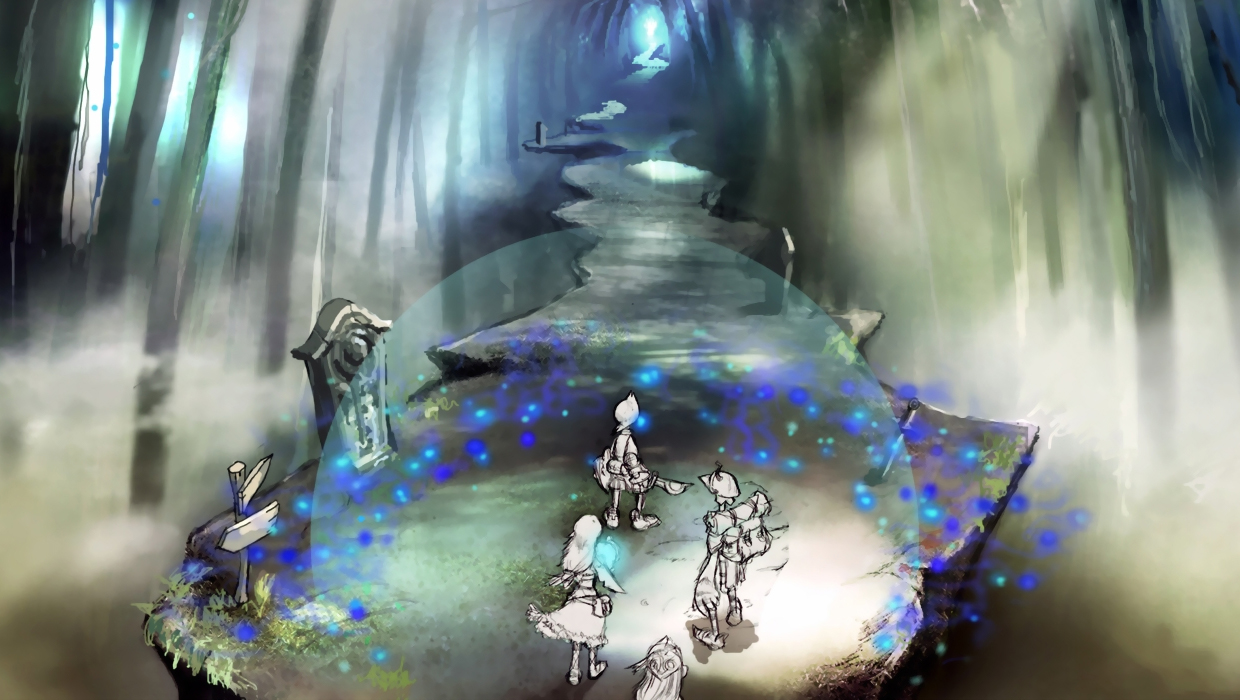
The problem: After leaving Nintendo for Sony in 1997, Final Fantasy marked its triumphant return to Nintendo consoles via the Crystal Chronicles games. The spin-off was designed to take advantage of the GameCubes propensity for four-player action, along with the consoles newfound ability to communicate with Game Boy Advance handhelds. The games plot had heroes journeying through a world covered in annoying purple gas that would kill any hero that touched it long enough, which obviously made exploration challenging.
The solution: Square Enix wanted players to stick together when playing Crystal Chronicles, so close together that all the players were on-screen at once. The deadly Miasma was created as the excuse for keeping the team so close together. It was a clever, magical cover for creating a close knit team, but it made for some claustrophobic gameplay.
Mass Effect 2s new ammunition

The problem: The original Mass Effect introduced players to a fresh mix of gunplay and RPG combat, and included in the science fiction experience was some pretty advanced weaponry--apparently, microscopic slivers were shaved off a brick of metal with every shot, meaning MEs guns had unlimited ammo that could headshot aliens all day long. But when BioWare released the sequel, one of its many improvements on the original was the addition of ammunition and reloading to the gunplay.
The solution: Fans may have been universally happy that ME2 removed the long elevator rides, but some complained that the guns had been mysteriously nerfed. As usual the Codex had all the answers, explaining that guns were now more powerful than ever, but the upgraded weaponry had added heat sinks to absorb the newly excess energy. So the ammo was still unlimited, it was merely the attached heat sinks that needed to replaced every ten shots or so. You know. Like ammo.
Super fog
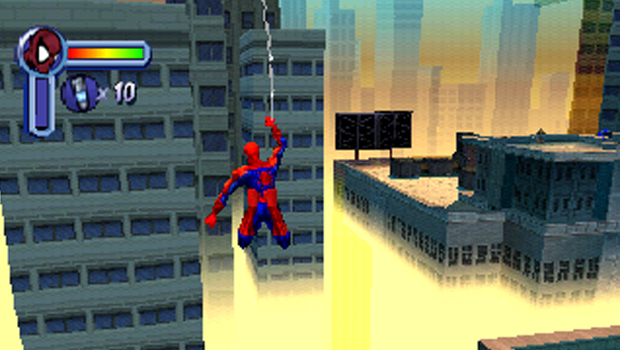
The problem: In early polygonal games, fog was one of the greatest foes known to man. Whole cities were buried in massive amounts of fog, including New York City and GTAs Liberty City. Even Supermans treasured Metropolis wasnt safe from being obscured by clouds (Kryptonite clouds in that specific case). This issue was usually caused by a consoles inability to render entire cities at once, so the games of the late 1990s and early 2000s will go down as the foggiest titles ever made.
The solution: Some devs, like Rockstar, explained away the fog in Grand Theft Auto III as intrinsic to creating a big city vibe. Meanwhile, comic book games could always scapegoat a supervillain. Neversofts Spider-Man game on PlayStation was bathed in fog, but that was because dastardly alien symbiotes like Carnage were using it to prep New York City for an invasion. Likewise, the abhorrent Superman 64 said Lex Luthor had coated Metropolis in green fog, but the game later said the whole game took place in a virtual Metropolis. Yes, the game was so bad it couldnt even keep its excuses straight.
A wizard did it
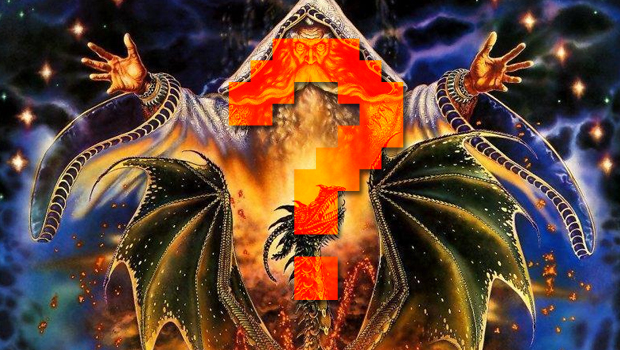
Those were all the smart cover-ups weve got for you today, but if you recall any other developer excuses, feel free to share them in the comments!
Check out more explanations, read the mysterious biology of video game bad guys explained and confusing game endings explained.
Henry Gilbert is a former GamesRadar+ Editor, having spent seven years at the site helping to navigate our readers through the PS3 and Xbox 360 generation. Henry is now following another passion of his besides video games, working as the producer and podcast cohost of the popular Talking Simpsons and What a Cartoon podcasts.



